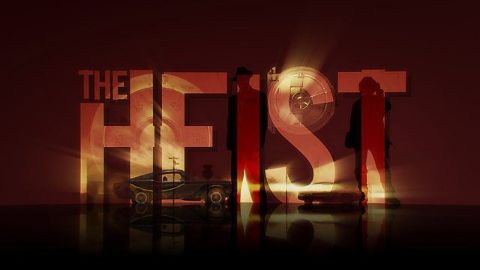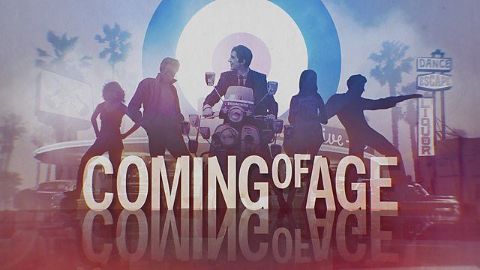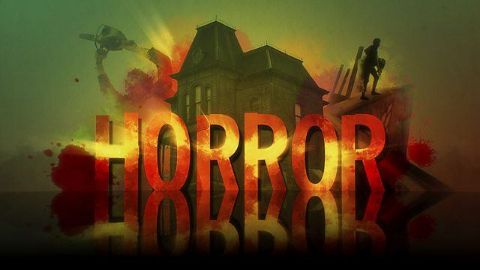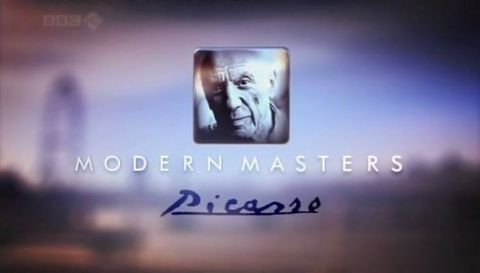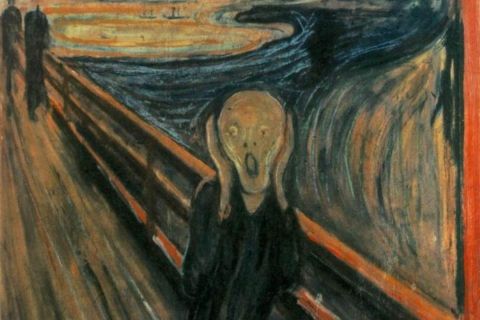Horror • 2018 • episode "Part 5" • Mark Kermode's Secrets of Cinema
Mark turns to horror and shows how film-makers have devilishly deployed a range of cinematic tricks to exploit our deepest, darkest and most elemental fears. He explores the recurring elements of horror, including the journey, the jump scare, the scary place, the monster and the chase. He reveals how they have been refined and reinvented in films as diverse as the silent classic The Phantom of the Opera, low-budget cult shockers The Texas Chain Saw Massacre and The Evil Dead, and Oscar-winners The Silence of the Lambs and Get Out. Mark analyses the importance of archetypal figures such as the clown, the savant and the 'final girl'. And of course, he celebrates his beloved Exorcist films by examining two unforgettable but very different shock moments in The Exorcist and The Exorcist III. Ultimately, Mark argues, horror is the most cinematic of genres, because no other kind of film deploys images and sound to such powerful and primal effect.
Make a donation
Buy a brother a hot coffee? Or a cold beer?
Hope you're finding these documentaries fascinating and eye-opening. It's just me, working hard behind the scenes to bring you this enriching content.
Running and maintaining a website like this takes time and resources. That's why I'm reaching out to you. If you appreciate what I do and would like to support my efforts, would you consider "buying me a coffee"?
Donation addresses
BTC: bc1q8ldskxh4x9qnddhcrgcun8rtvddeldm2a07r2v
ETH: 0x5CCAAA1afc5c5D814129d99277dDb5A979672116
With your donation through , you can show your appreciation and help me keep this project going. Every contribution, no matter how small, makes a significant impact. It goes directly towards covering server costs.

